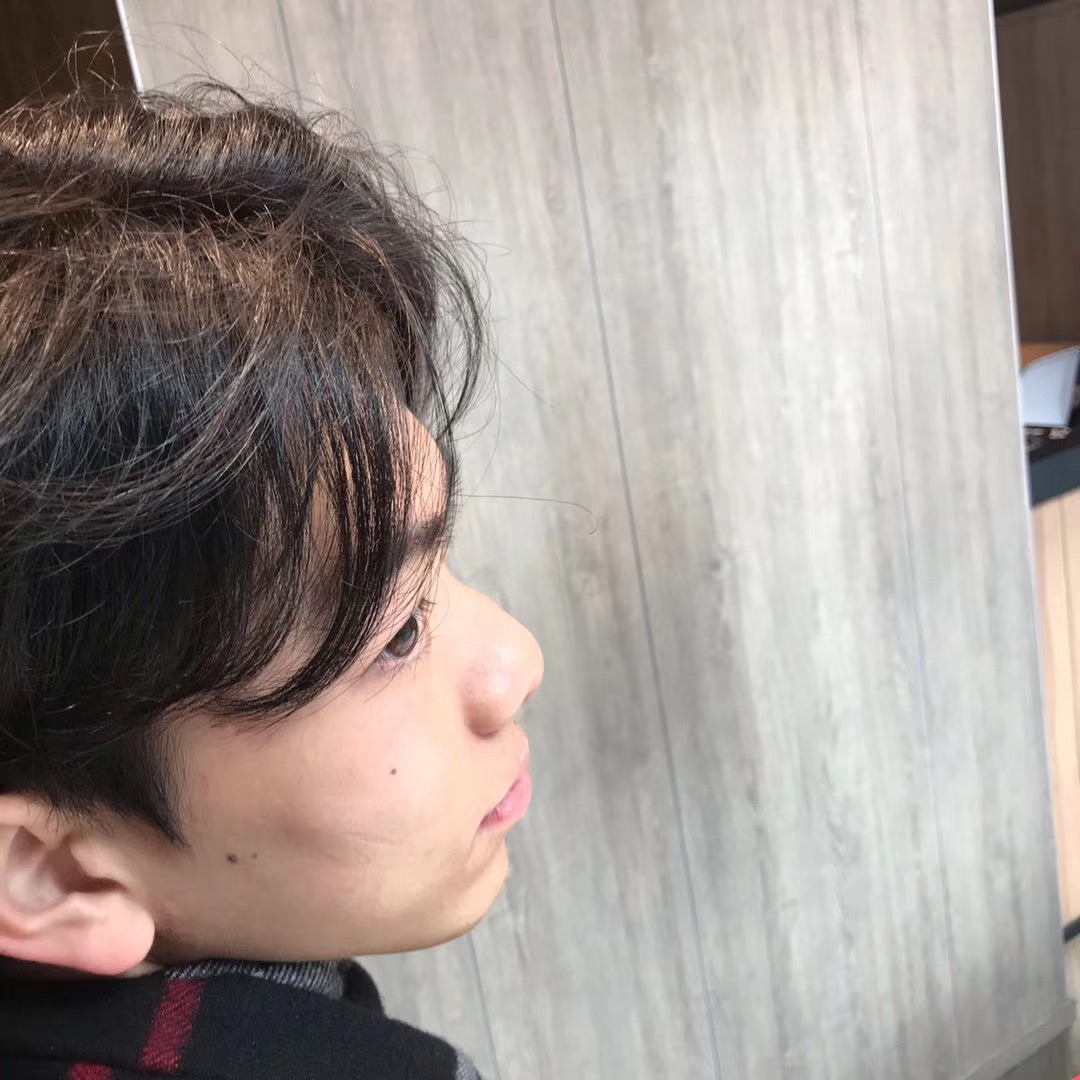September 18,2022
Classification Model of Glass Artuifacts Based on Elemental Weathering Rules
——First Prize(Province) in the CUMCM(China Undergraduate Mathematical Contest in Modeling)
Completed in collaboration with Jiasheng Xu and Jiangsheng Zhu
About the process

Figure: Flowchart of the Classification Method for Lead-Barium Glass and Potassium Permanganate Glass
Abstract
With the advancement of archaeological technology, our identification of artifacts has moved beyond the surface level to an in-depth analysis of their chemical composition, allowing for finer categorization of different artifacts. By analyzing the relationship between various indicators and the rate of weathering in artifacts, we have established the basic situation of weathering rates among these indicators. A model of artifact weathering degree has been constructed based on a pseudo-time series of SiO2 variations. Furthermore, the artifacts have been subdivided into subclasses based on the existing classification methods, and an exploration between these subclasses has been conducted.
For Problem 1, we first studied the weathering rate of different single-dimensional indicators and used the chi-square test to filter out combinations of two-dimensional indicators, further analyzing the weathering rate of glass artifacts. We then conducted data preprocessing, analyzing the pattern of SiO2 content changes in two different types of glass and using SiO2 as the basis for determining the degree of weathering of different types of artifacts. We employed the K-means clustering method to divide glass weathering into three stages: early, middle, and late, using the optimized average values of elements from the pre-weathering stage as predicted values for pre-weathering data of different types.
For Problem 2, we used a decision tree model to identify the decision basis for classifying high potassium glass and lead-barium glass as the single indicator of lead oxide content. Considering the pattern of SiO2 changes from Problem 1, we used pseudo-time series analysis to judge the chemical composition of the artifacts. Then, using Spearman’s correlation analysis and combining the clustering results from Problem 1, we subdivided the two types of glass into subclasses using least squares as the final standard. High potassium glass was subdivided into translucent and non-translucent types based on magnesium and phosphorus content, while lead-barium glass was divided into active and inactive types based on sodium oxide content, with both types undergoing rationality and sensitivity analysis. Problems 3 and 4 extend from Problem 2. Based on the standards derived from Problem 2, we conducted subclass and sensitivity analyses on the elements in Attachment 3. Finally, using the Spearman correlation coefficient, we created a heat map of the correlations between various chemical elements in different subclasses and conducted a comparative analysis of the relationships and differences between these subclasses.
In summary, the structure of the article is logically progressive and practical, providing significant reference value in the classification process of glass artifacts.
Keywords: Glass Artifact Classification, K-means Clustering, Spearman Correlation Coefficient, Chi-square Test, SiO2
You could download this paper.
